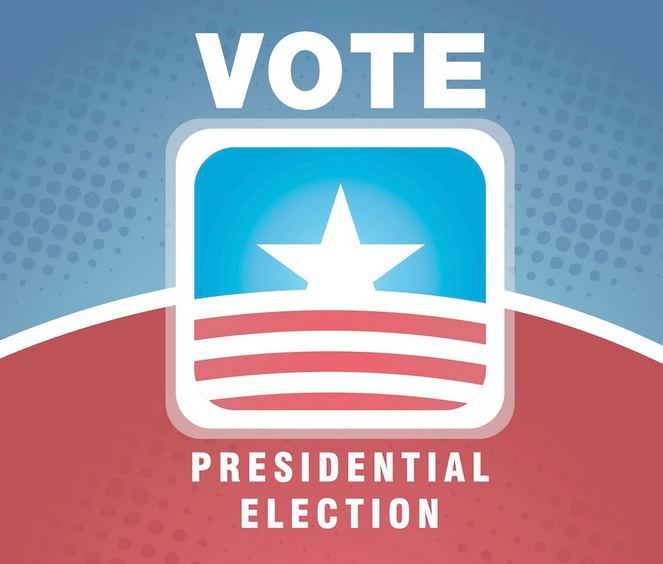Some people say that the United States right now has deep divisions not this deep, obviously
有人說美國現在有著嚴重的黨派之爭,但與那時相比,明顯要好多了
but some of the observers look at the political scene and find something to be worried about
但總有觀察者為如今的政治形勢感到擔憂
Certainly, in the elections going on right now
的確,在正在進行的大選中
we see a lot of animosity between supporters of both political parties
我們看到很多仇恨,敵意存在于兩黨的支持者中
Actually in the last week it was the semi-two half intensified
事實上,上周隨著大選進入關鍵階段
some people look at that, and are worried
有人越來越感到擔憂
but political scientists and political geographers debate about this issue
同時政治學者和政治地理學家也在就這個問題展開討論
how polarized really is the United States and how geographically structured are those polarities
例如到底美國的分化嚴重到什么程度,美國的分化在地理上是怎么分布的

here are just some covers of a couple of recent books "POLARIZED AMERICA"
這里有2本最近出版的書的封面,一本是《兩極分化的美國》
the Dance of ideology and unequal Riches
意識形態的分歧和不平等的財富分配
Versus a Stanford political scientist Morris P.Fiorina wrting Culture War,The Myth of a polarized America
一本是斯坦福大學的政治學家Morris P.Fiorina出版的《文化戰爭》——美國的分化之謎
Fiorina argues that yes, there's a lot of polarizations
Fiorina在書中寫到美國的確存在很多分化現象
But it's mostly among what he calls the political classes
但主要存在于所謂的政治階層當中
but actually if u look at a lot of political opinion polling
如果你留意一些政治方面的民意調查
You'll find most of Americans would put themselves somewhere in the center
你會發現大部分美國人都認為自己是比較中立的
Actually at 2004 fairly large scale public opinion poll find that
在2004年一個大型的民意調查顯示
45% of American classified themselves as centrists or moderates
45%的美國人將自己歸為中立派或溫和派
21% as liberals and 34% as conservatives
21%的人認為自己是自由黨人,34%的人認為自己較為保守
you added that all together it'll only give you 1% for radicals and extremists of our sorts
你算一算就知道,只有1%的人認為自己是激進分子或極端主義者
Seems low but I guess people don't like to classify themselves as such
看起來很低,但我想沒人愿意把自己歸為這一類
And of course it all depends on how you asked the questions what sort of thing you get
當然這取決于你如何安排問卷中的問題,以及你想得到怎樣的信息
And different pollsters come out of different numbers
不同的民意測驗家會得到不同的數據
and actually there are a lot of evidence suggested that many people in the U.S. are at the center
但的確有很多數據顯示許多美國人是中立的
Political strategist so wonder how to deal with this polarization or lag there off
政治家們在思考如何減少這些分化與隔閡
In 2004, the well-known Republican political strategist Matthew Dawd decided that
2004年,著名的共和黨人政治戰略家馬修提出,
the middle ground was so small and there were so few undecided voters or swing voters
處于中間立場的人很少,只有少數選民是猶豫或態度搖擺的
That one could win an election just by focusing on the base and getting out the vote
只有把注意力集中在大多數人身上,才能獲得選票,贏得大選
That was successful
這種戰略很有效果
The same strategy seems to be follow today by the McCain campaign doesn't seem to be working so well
現在相同的戰略也正被麥凱恩陣營采用,卻沒有取得很好的效果
The question is they misjudge the center of the U.S
問題在于他沒正確判斷出美國如今的癥結
Or have conditions changed, have voters changed, the economy changed
又可能是如今的政治環境,選民以及經濟情況都已不同于04年
While there is a lot going into it
這其中包含很多復雜的原因
And We cannot obviously figure it all out quite so easily
顯然這個問題不是我們輕易能弄清楚的
My question is how geographically structured is this polarity
現在我要提出的問題是這種分化在地理上是如何分布的
Because we know there is a large degree of polarization
因為我們知道如今兩黨支持者在地理上的分化程度很深
And there is more polarization now than it was twenty years ago
如今的分化程度遠比20年前要大得多
Certainly more than it was 1950's, early 1960's
無疑比五六十年代的情況要嚴重
Apparently when polarization was relatively low
當時兩黨支持者的地理分化沒那么明顯



